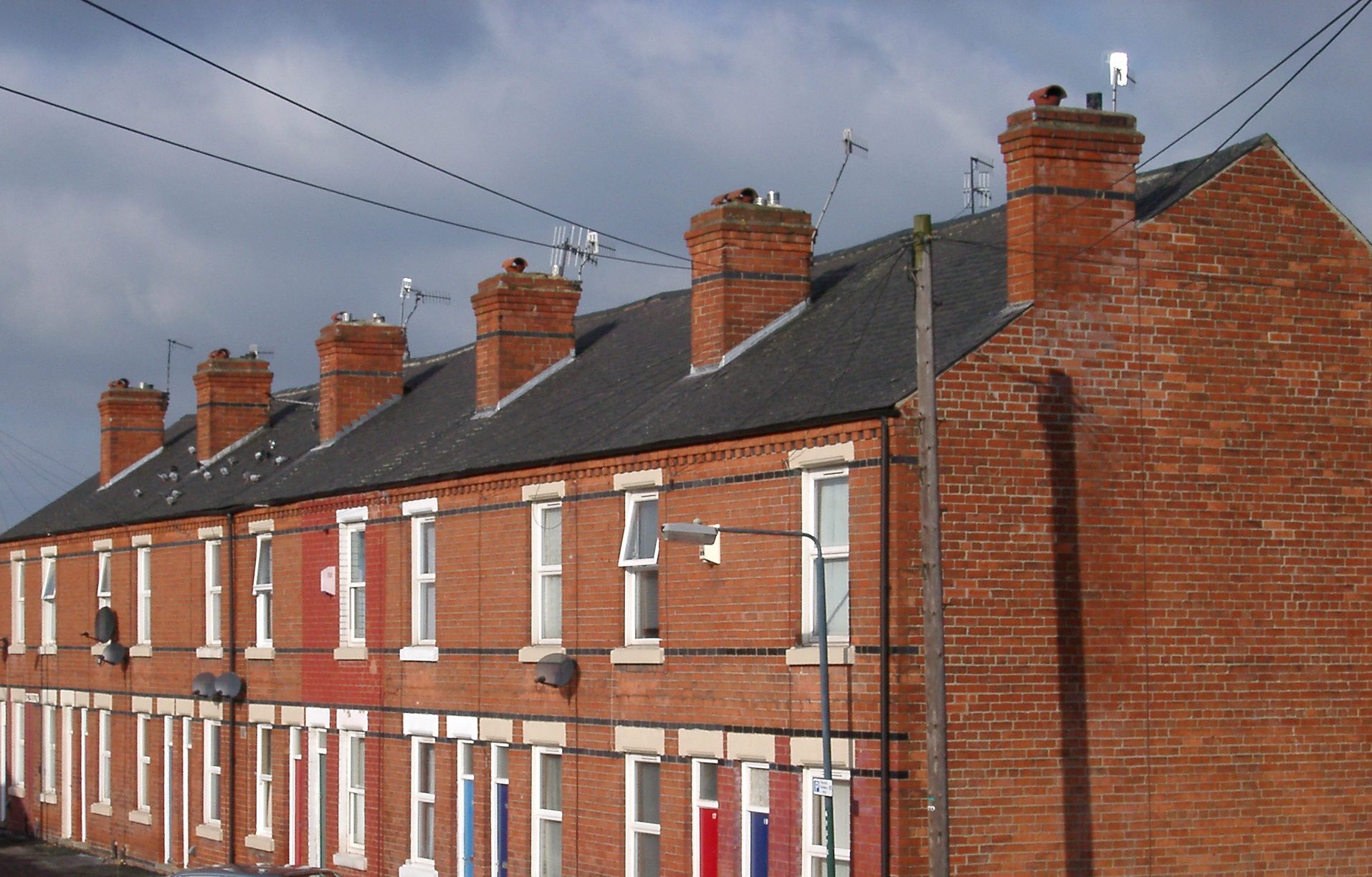by Heather Brown
The Eco Stockton project, a venture to improve the insulation of housing in deprived areas of Stockton-upon-Tees, started early 2016. The project set out to add external wall cladding (a form of external insulation) to brick terrace houses built at the turn of the 20th century. Due to the solid brick design, cavity wall insulation cannot be added, thus the only way to insulate these houses is by putting insulation on the outside. We received a request from Ask Fuse to do an evaluation for Stockton-upon-Tees Council who had received funding from the energy company, Eon. The council wanted to evaluate the project to establish whether there were health benefits, in addition to energy efficiency improvements, of solid wall insulation for homes in the most deprived wards of Stockton, which is already one of the most highly deprived areas in the UK.
The Energy Company Obligation (Eco) scheme was part of the Government Green Energy Deal. It provided funding for solid wall insulation paid for by energy companies who would recoup the costs in fuel bills. The programme was meant to launch in January 2013, but before it even got off the ground the government decided that it was too expensive so focussed their investment on alternative energy efficiency measures, such as loft and cavity insulation. Eon had already begun installing the solid wall cladding in homes in Stockton-upon-Tees and wanted to show that it was worthwhile funding due to the multifaceted benefits from both energy efficiency and health improvements. Such an intervention may also reduce health (and potentially other) inequalities if targeted at households in the most deprived areas. So that is where we came in. We worked with Stockton council to develop a questionnaire to be posted out to approximately 3000 households: 1000 who were the first to get wall cladding (early cladders) 1000 to those who had recently had wall cladding (late cladders) and 1000 who hadn’t had any cladding (control).
We soon ran into our first problem. The survey response rate was incredibly low: 1%. The council was concerned, we were concerned. It was decided we would try posting the surveys again, this time with a cover letter written by the council to make it more personal and hopefully increase the response rate. This resulted in further problems since the company responsible for sending out the surveys hadn’t realised that the control group needed to receive different cover letters to the intervention groups. The different cover letters were therefore sent out at random. This resulted in irate and confused responses from households that had not benefitted from the external wall cladding initiative. Some surveys were returned to the council, which we didn’t know about, others went to the survey company. Ultimately, we only received survey responses from around 3% of our target sample.
Whilst the low survey response was not ideal, we attempted to evaluate the data we had been able to collect. We did find evidence that the intervention reduced fuel spending and some potential evidence suggested that it may have improved health related quality of life measured using the EQ-5D. The level of missing data prevented us from drawing any definite conclusions on the health benefits from externally insulating homes, however our limited results indicate that it has had a positive impact. This seemed sufficient for Stockton council who were happy with the results. And at the very least, we learnt a lot for future projects working with local authorities and/or collecting primary data!

